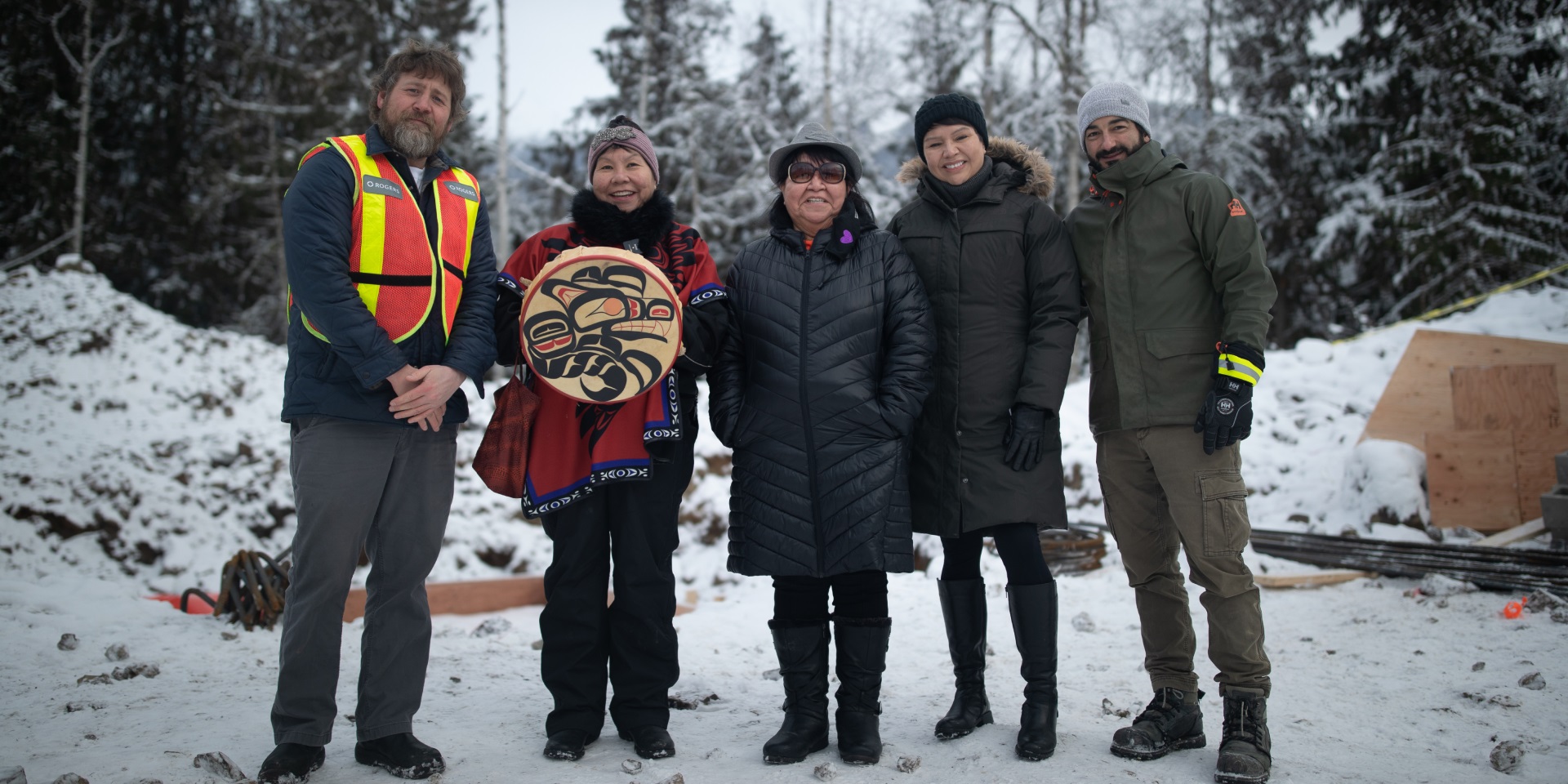
We are committed to creating a safer, more inclusive Canada by accelerating our 5G rollout and connecting rural, remote and Indigenous communities to high-speed Internet.
Access to high-speed, reliable connectivity is now, more than ever, a necessity. Having access to reliable connectivity provides opportunities to work, study, and to engage with the community and society. It also helps people stay safe by providing connections to healthcare or emergency services and to stay in touch with loved ones. Rogers is working with communities to help close the digital divide and improve the lives of Canadians, now and into the future.
Investing in broadband connectivity
We’re improving connectivity for Canadians living in rural, remote, and underserved communities by making the necessary investments in our broadband networks. Since January 2020, in Ontario, Rogers has:
- Announced more than $332 million worth of investments, fully funded by the company to expand our fibre network across the Township of Ramara, Ottawa, Clarence-Rockland, North Grenville and Carleton Place and Quinte region.
- In partnership with all levels of government, undertaken work with municipalities to deliver reliable connectivity to communities such as Carlsbad Springs, Simcoe County, Durham region and Holland Marsh.
- Announced a partnership with The Mississaugas of the Credit First Nation to build fibre-to-the-home technology and improve connectivity for residents and businesses.
- Continued important work in partnership with Southwestern Integrated Fibre Technology (SWIFT) to connect more communities in Norfolk, Simcoe, Dufferin and in the Region of Waterloo.
In Atlantic Canada, Rogers has been actively expanding its network and is committed to delivering rural and remote connectivity. Since January 2020, Rogers has:
- Announced a joint investment of over $2.3 million with the CRTC’s Broadband Fund, which will bring its fibre-powered network to the Storeytown area and the Village of Doaktown, New Brunswick.
- Announced it will invest $2.8 million to connect more than 680 homes and businesses along Route 490 near McQuade and in Ludlow, New Brunswick.
- Announced it will invest over $6 million to extend its fibre network and connect 1,780 homes and businesses to reliable high-speed Internet in Humber Village, Little Rapids and Bell Island, Newfoundland and Labrador.
- Announced that Seaside Communications joined the Rogers family to bring connectivity to more local communities across Nova Scotia.
Closing the digital divide through wireless connectivity
Rogers is also expanding its wireless network to improve safety and provide reliable connectivity for rural, remote and Indigenous communities. Since January 2020, the company enabled and enhanced wireless connectivity for thousands of communities across the country – the fastest in the company’s history – including bringing 5G connectivity to more than 2,000 communities.
Rogers is building new cell towers across the country to fill coverage gaps, including 12 new towers on Highway 16, or the Highway of Tears, in British Columbia. Rogers is working in partnership with the Coastal First Nations in BC to build new cell sites and a major upgrade of existing infrastructure to improve cellular coverage in Haida Gwaii. As part of our $300 million partnership with the Eastern Ontario Regional Network (EORN), along with the Government of Canada, the Province of Ontario, Rogers is delivering mobile connectivity to 113 municipalities and Indigenous communities throughout Eastern Ontario over five years, building more than 300 new cellular towers and upgrading over 300 pre-existing sites.